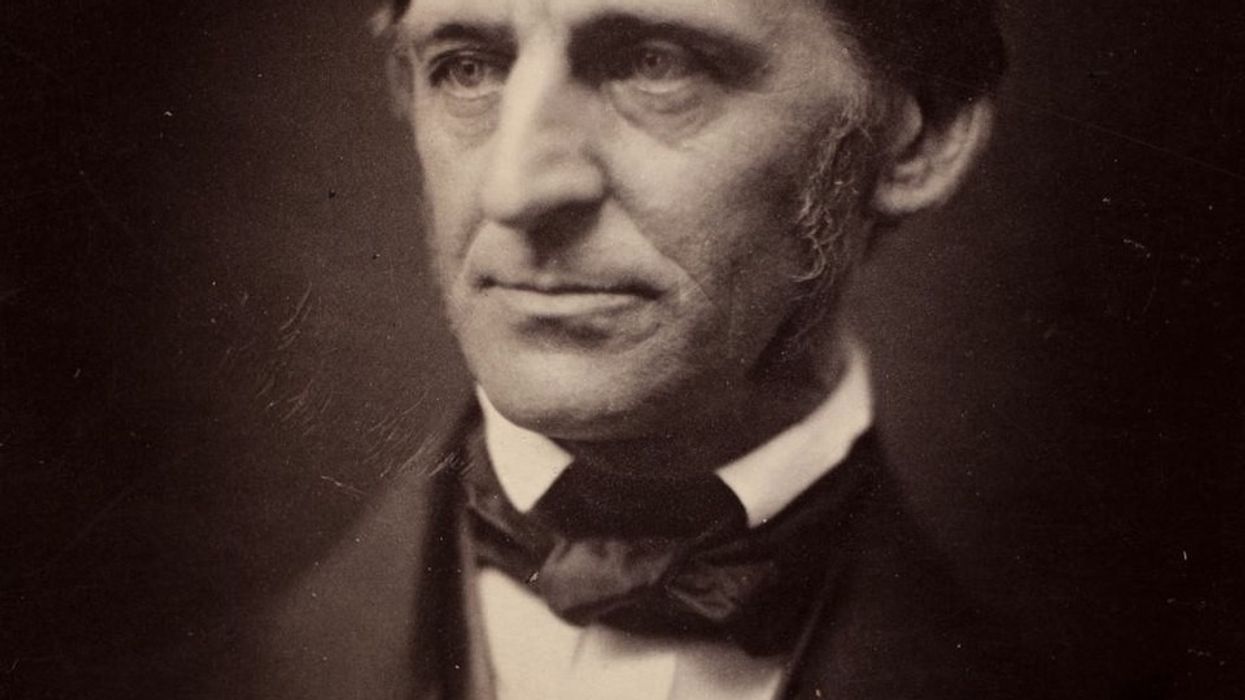As the winter presses on, we've seen the nation's Occupy camps dwindle or clear out entirely. At Zuccotti Park, what was once a buzzing community of hundreds is now down to a loyal few taking shifts around the clock (there's just one dude assigned to the graveyard shift). Elsewhere, this week brought a fresh crop of Occupy Wall Street crackdowns in Austin, D.C., Maine, and Honolulu. Funds throughout the movement are dwindling, partly because the symbolic images of tents and drum circles are no longer circulating in the news, and partly because, with every raided Occupy camp, a physical donation box disappears along with it. It's undeniable that the movement has influenced the public conversation, all the way up to the president's State of the Union speech, but can its message continue to resonate if Occupy is without occupiers?
I'll admit it: The concept of a 24-hour occupation didn't appeal to me at first. It felt sanctimonious to demand so much time from activists, to set up a line between "real" occupiers and people who had to keep going to their jobs. I found myself hoping the movement would evolve into bursts of populist marches rather than an ongoing stream of occupations. But slowly I saw the significance of having a home base: It gives the movement a unique texture, a way to distinguish itself from just another one-day protest. Even though I'm still waiting for that big march on Washington, I gradually realized the camps, and the police reactions to them, were the whole reason Occupy Wall Street had made headlines in the first place. OWS has a resonant message, but the Occupy imagery reminds the world how many people believe it.
That imagery is changing, what with Occupy shrinking and no longer sparking huge and diverse demonstrations. Media coverage of the Occupy movement now centers on the radical moves of its hardcore loyalists; the latest headlines feature yet another run-in with Oakland police after 400 protesters and journalists tried to occupy a vacant, city-owned building. True, there are tons of major Occupy-related events planned for the future—including big protests at the Republican and Democratic National Conventions—but for right now, stories like the Oakland confrontation risk confirming middle America's suspicions that occupiers are just a bunch of rogue anarchists.
In the meantime, the question remains whether it's the raids or the winter that's thinning out the ranks of Occupy sites across the country. The difference matters. If it's just a question of seasonal lull, it seems very possible that the masses may flock to parks again when the thaw comes, provoking headlines and donations both. But if the police are committed to cracking down on the camps from here on out, Occupy Wall Street may devolve into even more of a quibble over space than it already has. To me, the most effective moments have been thousands of people gathering around a nucleus—a march that begins at City Hall and ends in Zuccotti Park—not stragglers getting into fights with cops.
Photo via (cc) Flickr user Glyn Lowe Photos.













